The OnePlus 10 Pro and the Xiaomi 12 Pro are both available, and they square up pretty well.
If you’re after a classy flagship phone with strong all-round specs and a striking industrial design (plus the odd baffling omission), well, these two phones deliver in spades.
But which of these 8-out-of-10 flagship phones is the better buy for you? We’re going to do our best to provide a definitive answer.
OnePlus 10 Pro vs Xiaomi 12 Pro: price and availability
The global model of the OnePlus 10 Pro was announced on March 31, 2022, and it went on sale less than a week later on April 5. The entry-level handset costs $899/£799 for 8GB of RAM and 128GB of internal storage. In countries such as the UK, you can bump that up to 12GB of RAM and 256GB for £899 (which would likely work out to around $999).
The Xiaomi 12 Pro goes on sale on April 15, 2022. We’ve been quoted a price of $999 for the entry-level model with 8GB of RAM and 128GB of storage; but it won’t actually be shipping in the US. In the UK, there will be only one model available with 12GB of RAM and 256GB of internal storage for £1,049 (around $1,385).
Like for like, then, the OnePlus 10 Pro is the much cheaper phone of the two.
OnePlus 10 Pro vs Xiaomi 12 Pro: design
Both phones have successfully taken their respective lines into a new, more premium direction.
With the OnePlus 10 Pro, this entails a new frosted-glass finish to the rear and a distinctively wide and shiny camera module. For the Xiaomi 12 Pro that means its own, slightly more subtle frosted finish and an industrial-looking rectangular camera module.
As always, you get that signature OnePlus 10 Pro alert slider, which remains a favorite. But the Xiaomi 12 Pro has its own functional design quirk in the form of an IR blaster that sits along the top of the phone, which will enable you to use it as a remote control.
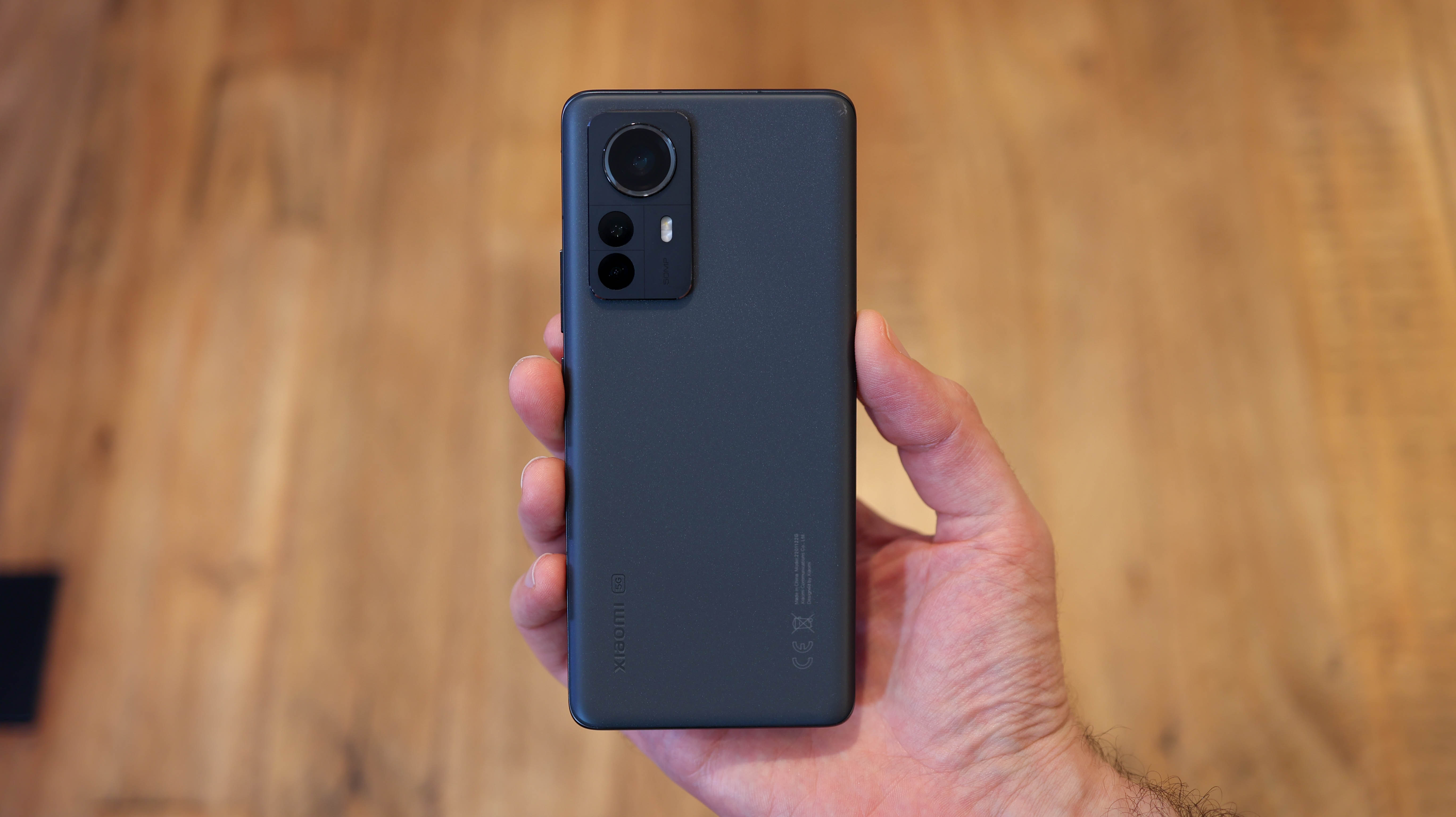
At 163 x 73.9 x 8.6mm, the OnePlus 10 Pro is a smidgen narrower but also fractionally thicker than the 163.6 x 74.6 x 8.2mm Xiaomi 12 Pro. There’s very little in it, which is also the case when it comes to weight: 201g for the OnePlus versus 204g for the Xiaomi.
Neither phone makes a huge statement in terms of the color options available. The Xiaomi comes in Blue, Gray or Purple, while the OnePlus is available in black or green.
One advantage the OnePlus holds is the inclusion of IP68 certification. Surprisingly given its premium pricing, the Xiaomi has none. It may well be as water- and dust-resistant, but Xiaomi didn’t pay the money to get that officially checked.
Both phones sport aluminum frames and robust Gorilla Glass Victus displays.
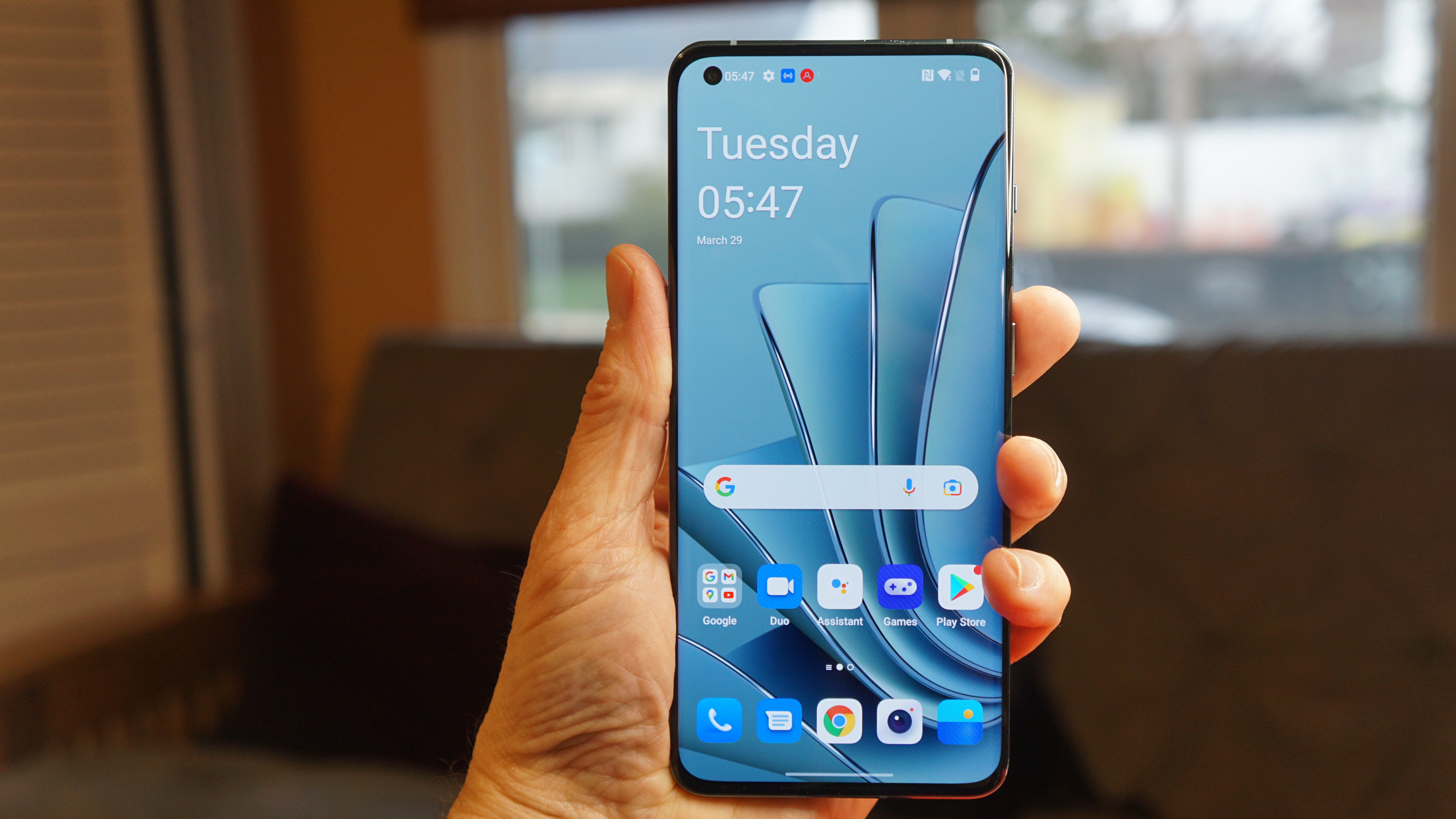
OnePlus 10 Pro vs Xiaomi 12 Pro: display
The similarity of their proportions is reflected in the displays of these two phones. The OnePlus 10 Pro has a 6.7-inch AMOLED, while the Xiaomi 12 Pro has a 6.73-inch AMOLED.
Both are capable of WQHD+ resolutions and 120Hz refresh rates, and both are LTPO panels, so they can scale right back to 1Hz when the situation calls for more efficiency.
One advantage for the Xiaomi here is that it can get to an impressive 1500 nits under peak lighting conditions, whereas the OnePlus can “only” extend to 1300 nits.
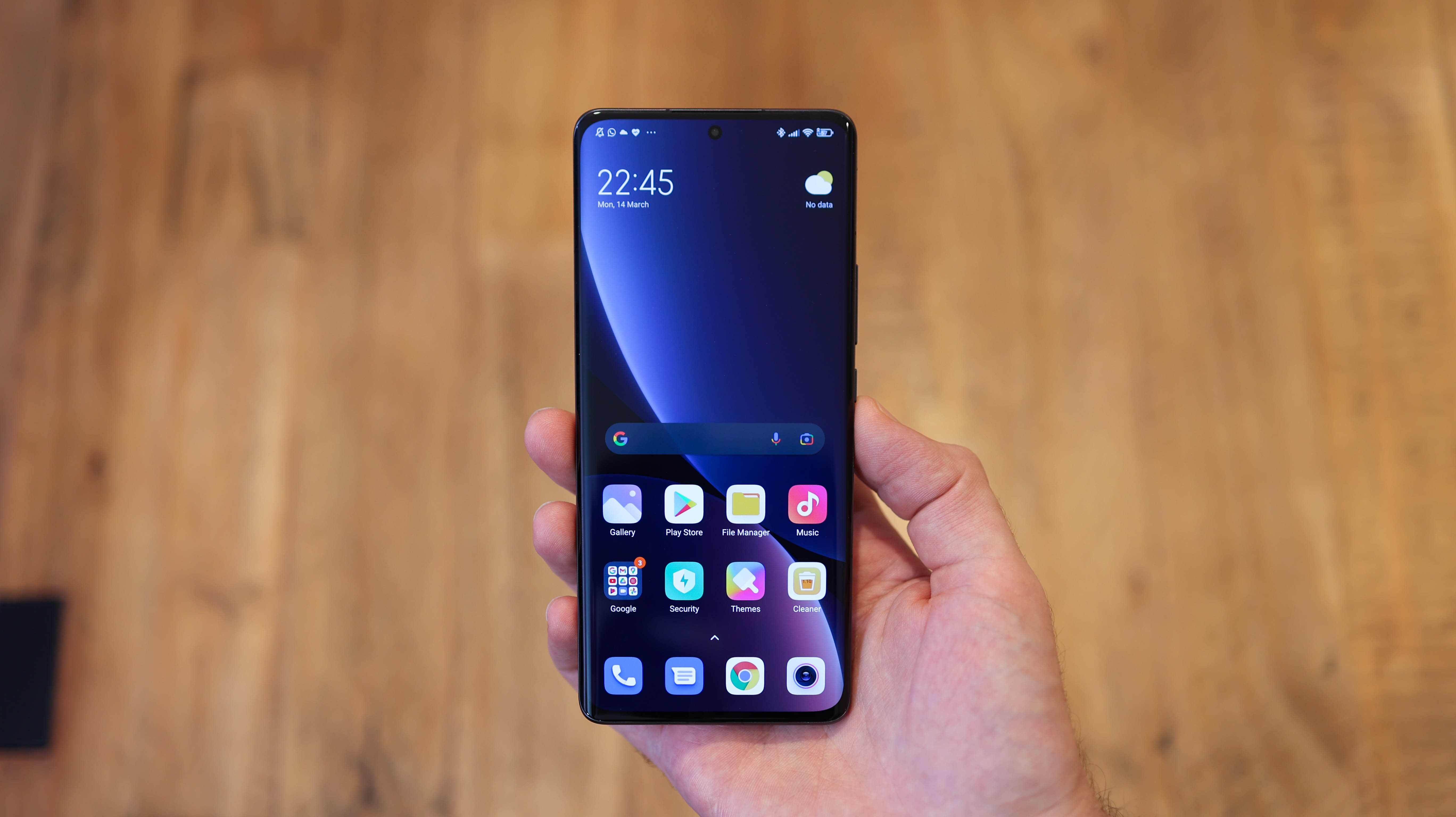
Conversely, OnePlus claims to have tested its display’s color accuracy at both 100 and 500 nits, ensuring an uncommon level of consistency regardless of brightness.
Basically, these are two brilliant and essentially similar displays that won’t let you down. It’s tough to call a winner, but the Xiaomi display’s greater peak brightness might just swing it.
OnePlus 10 Pro vs Xiaomi 12 Pro: cameras
While the OnePlus 10 Pro camera system is very similar to its predecessor, the OnePlus 9 Pro, the Xiaomi 12 Pro has changed things up significantly over the Xiaomi Mi 11.
With the OnePlus 10 Pro you’re looking at the same 48-megapixel wide sensor and 8-megapixel 3.3x telephoto as before, but a new 50-megapixel ultra-wide.
As for the Xiaomi 12 Pro, you’re getting a new and pleasingly rounded triple 50-megapixel setup.
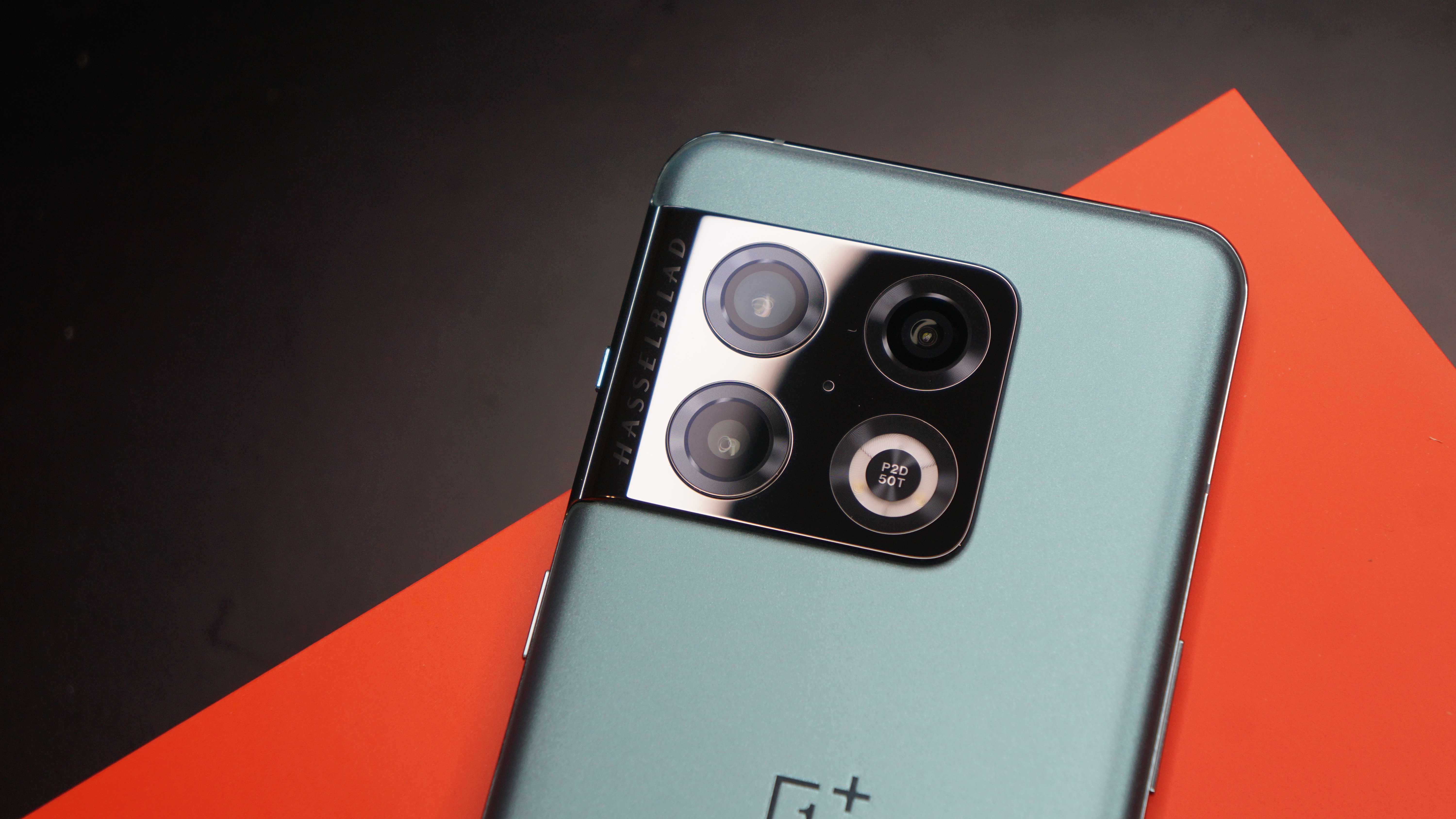
Let’s talk about those main sensors. The OnePlus 10 Pro uses the 1/1.35“ Sony IMX789, while the Xiaomi 12 Pro uses the 1/1.28” Sony IMX707. Xiaomi’s sensor is newer, larger and more advanced.
It’s tough to call, but we’d say that the Xiaomi 12 Pro takes the better shots from its main camera.
Both phones use the same 50-megapixel Samsung JN1 sensor for the ultra-wide, which is technically a step back from the larger sensor found in the OnePlus 9 Pro. OnePlus has enabled its phone to take 150-degree shots, if that’s something you care about (we didn’t).
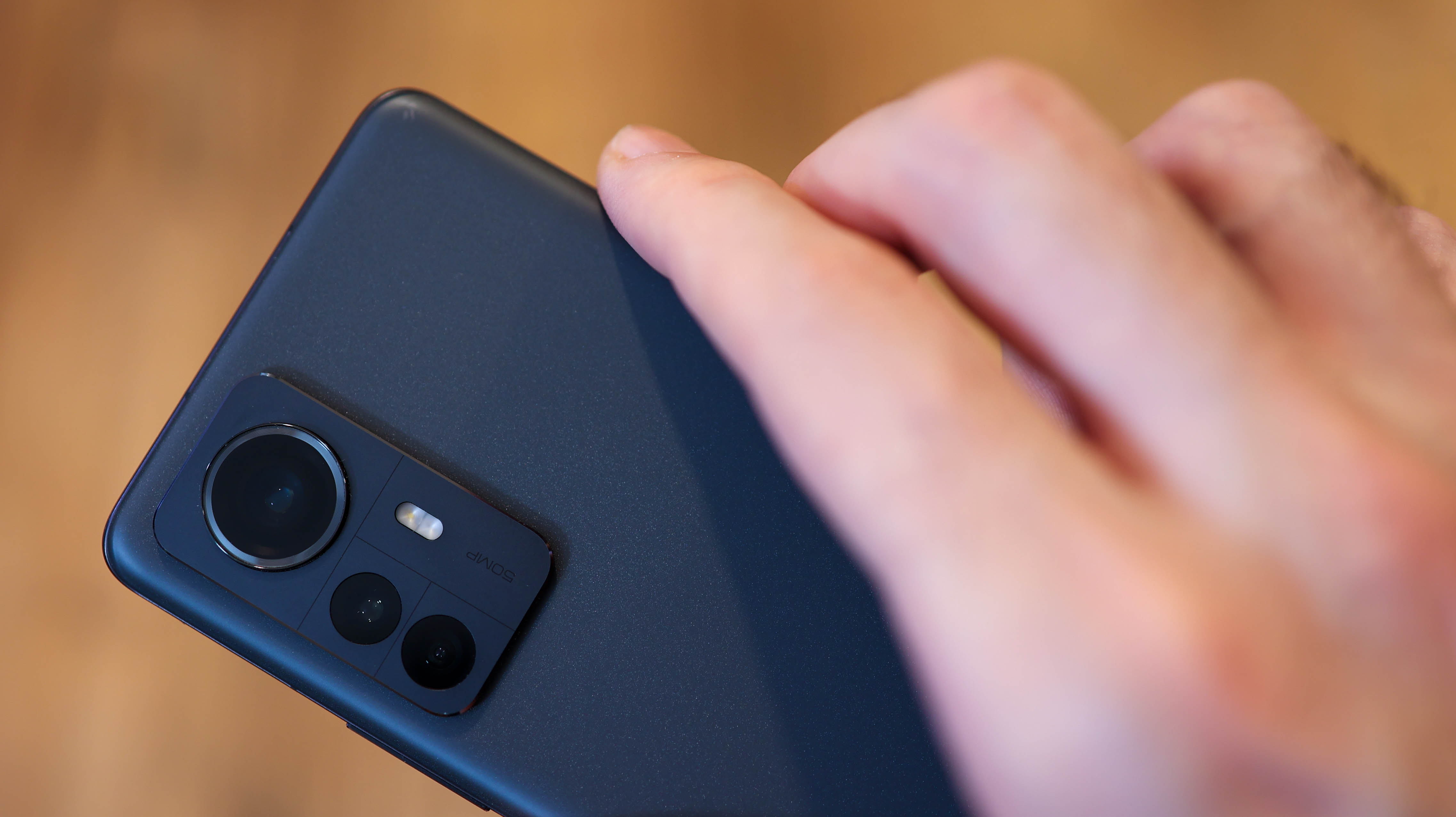
OnePlus wins on the zoom front, with a 3.3x zoom lens getting closer to the action than the Xiaomi’s 2x equivalent. Yes, the Xiaomi packs in more pixels, but what’s important here is getting meaningfully closer to the action, to the point where you wouldn’t simply prefer to crop in on the main wide sensor.
It’s quite an even battle on this front. Perhaps the deciding factor will be the color science of the two manufacturers. Xiaomi’s is slightly more natural, while OnePlus has that punchy Hasselblad tuning that makes content look a little more vivid.
We’d give the nod to the Xiaomi on the Night mode front, with crisper, clearer low-light shots.
OnePlus 10 Pro vs Xiaomi 12 Pro: specs and performance
It’s been a tight run contest so far, but it’s in the performance category that these two handsets are the closest. That’s because both phones run on the Snapdragon 8 Gen 1 chip, backed by either 8 or 12GB of RAM.
Not surprisingly, this yields very similar benchmark results, and a similarly fluid experience in the hand. These are two of the fastest (non-Apple) phones on the market.
In terms of storage, both manufacturers offer 128GB and 256GB models, although availability can vary depending on the region in both cases.
There’s very little to talk about on the hardware front, because they really are singing from the same spec sheet, so let’s move on to the real difference here: software.
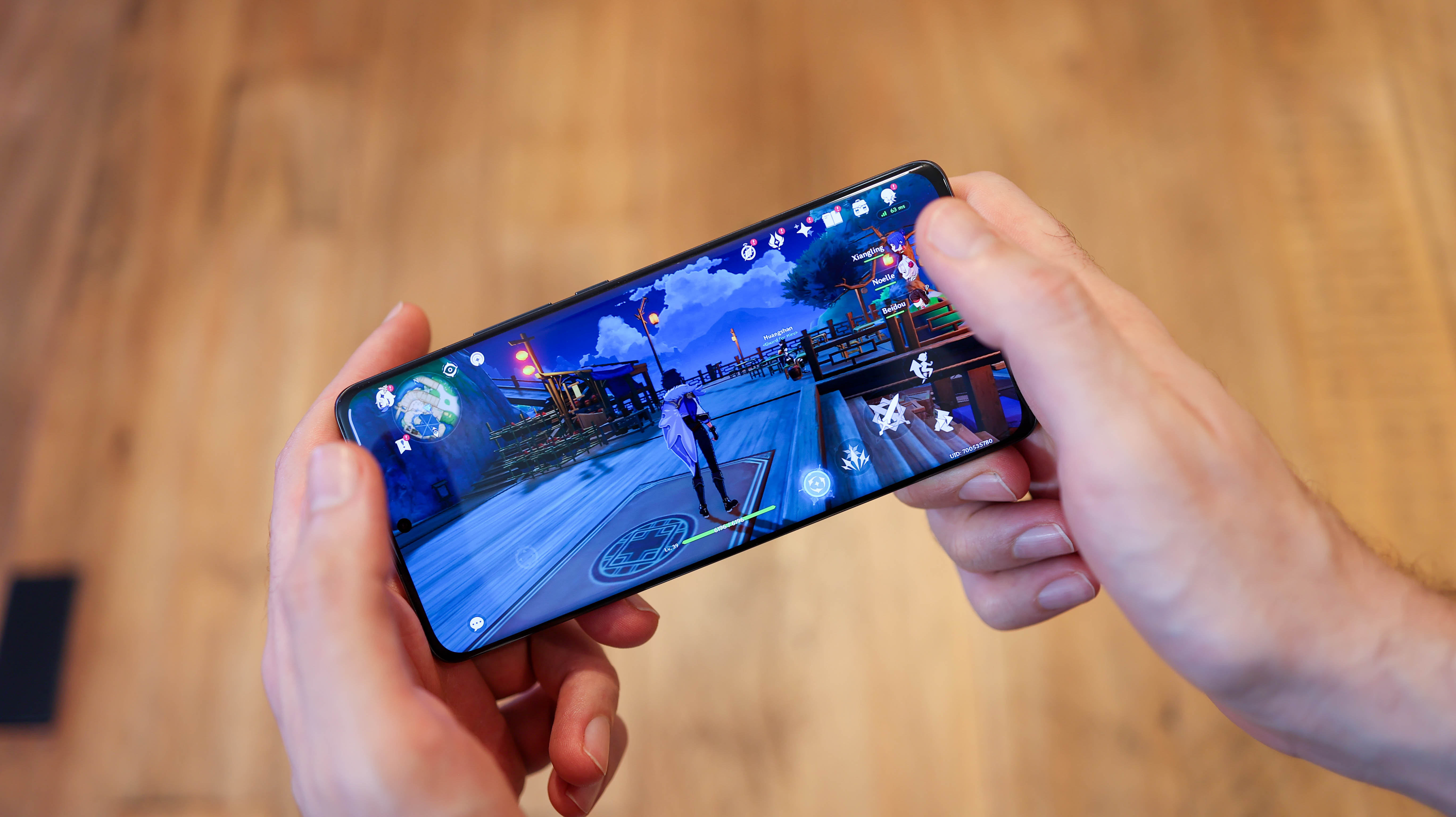
Both phones utilise custom UIs layered on top of Android 12. In the OnePlus 10 Pro that means OxygenOS 12, while in the Xiaomi 12 Pro’s case it’s MIUI 13.
This isn’t quite the slam-dunk win for OnePlus that it would have been in previous years. The brand’s assimilation into Oppo and subsequent move to using ColorOS for its underpinnings means that this isn’t quite the interface we used to know and love.
Style-wise it’s the same, though, with the same appealing fonts and icons, as is the uncluttered app provision. It’s on this front that we still prefer the OnePlus 10 Pro’s day-to-day experience.
However, MIUI 13 is much-improved; our reviewer called it “the best version of MIUI we’ve seen to date”. It’s far less glitchy and buggy than before; but it still feels a little bloated, with too many extraneous apps for our liking.
OnePlus 10 Pro vs Xiaomi 12 Pro: battery
Everything so far has been largely on the level, barring a few variations. However, the OnePlus 10 Pro has a much larger battery than the Xiaomi 12 Pro.
We’re talking 5,000mAh for the OnePlus and 4,600mAh for the Xiaomi. Given the similar specs elsewhere, that’s potentially significant.
In practice, both phones will get you through a full day of use with ease. We’d perhaps give the edge to the OnePlus, but it’s marginal.
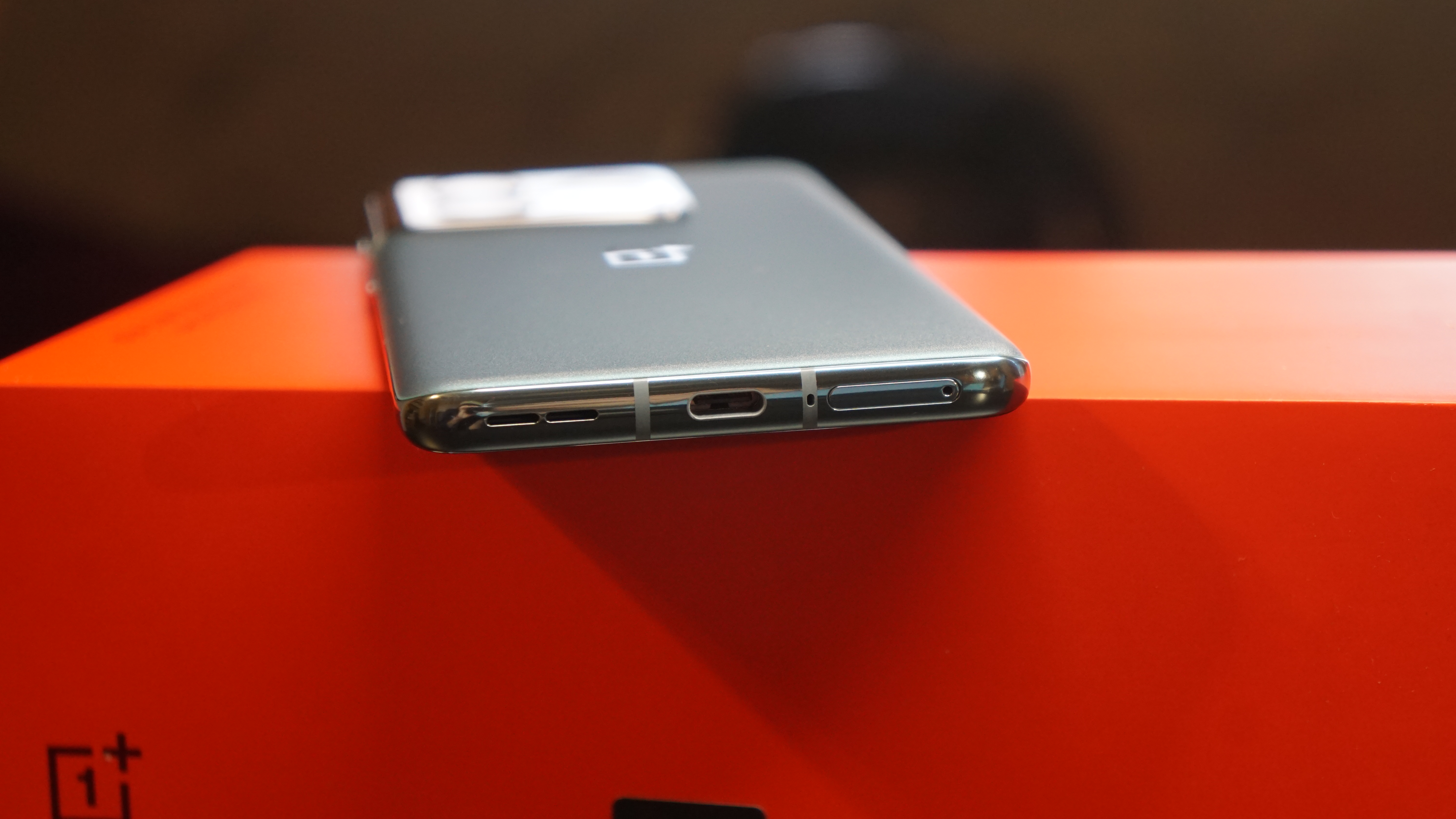
Where the Xiaomi 12 Pro evens things out is with its charging provision. While OnePlus has upped things to an impressive 80W, Xiaomi has gone even further with 120W charging support.
This enables the Xiaomi to get from 0 to 100% within 30 minutes, while the OnePlus 10 Pro will take a little longer to achieve the same. Still, both are appreciably rapid, and both manufacturers bundle their fast chargers in the box.
When it comes to wireless charging, both phones support 50W with the appropriate fast charger. Bravo all round, then.
Takeaway
This is one of the tightest phone face-offs we’ve done in some time. Part of that is because these two phones share so many attributes.
Both have suave new designs with frosted glass and prominent camera modules, with roughly the same proportions and basic shapes. Both have the same internal specs, too.
We’d perhaps give the Xiaomi 12 Pro the nod in the camera stakes, chiefly thanks to its superior main sensor and more natural color science. But even then, the OnePlus hits back with a more intensive (and thus useful) zoom.
The OnePlus 10 Pro has the larger battery, but the Xiaomi 12 Pro charges faster. It’s a blow for blow fight right the way through.
Ultimately, we scored both of these phones the same, so you’re going to be happy with either. It might just come down to the price you’re willing to pay or the software experience, in which case the OnePlus might just get the nod. But we’re tempted to call this one a tie.
- Not sold on either? Check out all the best smartphones
Read the original article @ TechRadar – All the latest technology news
You may also like these articles on our blog.




